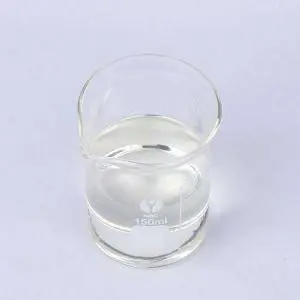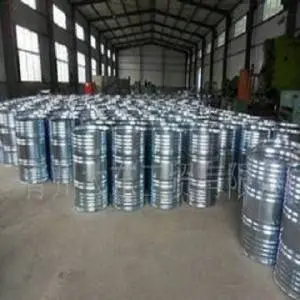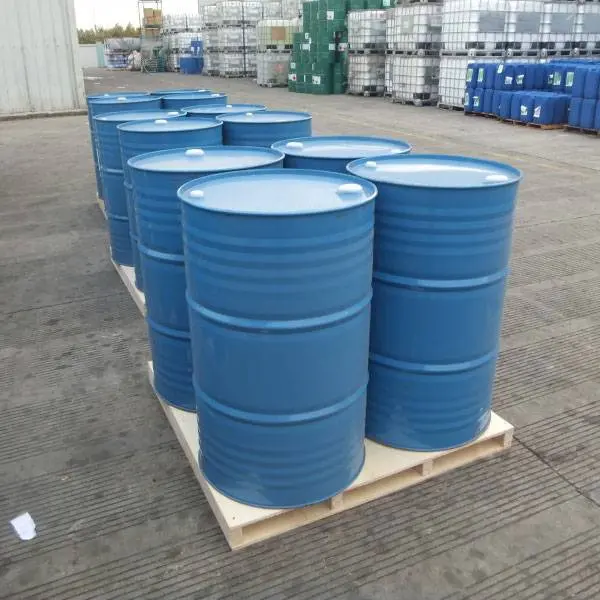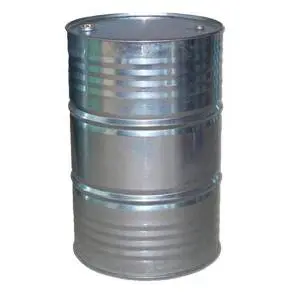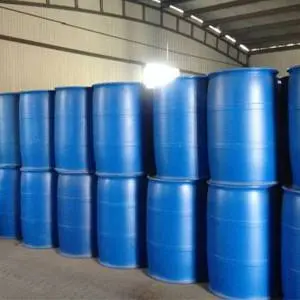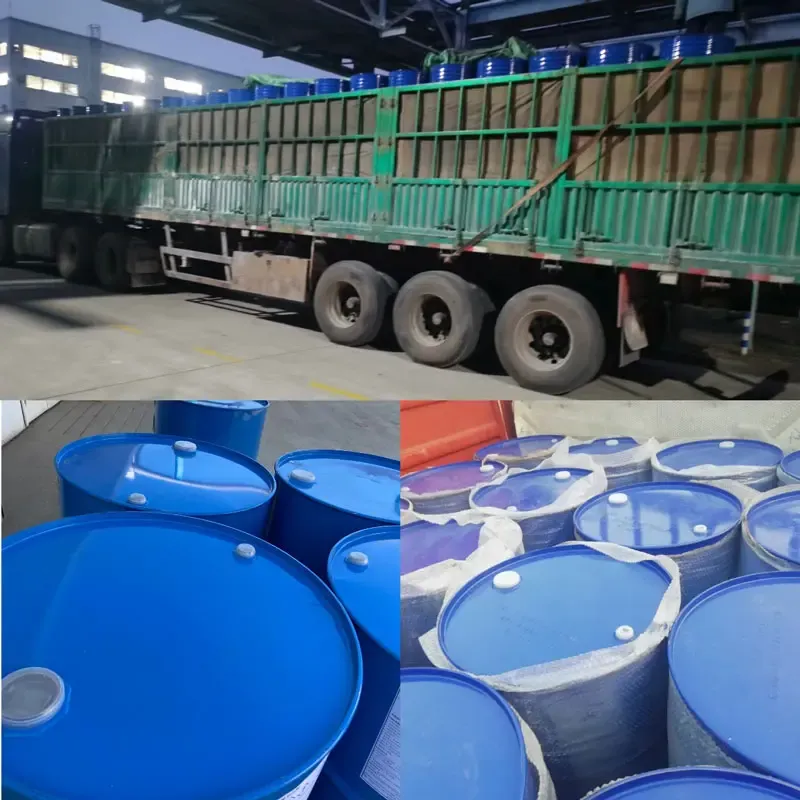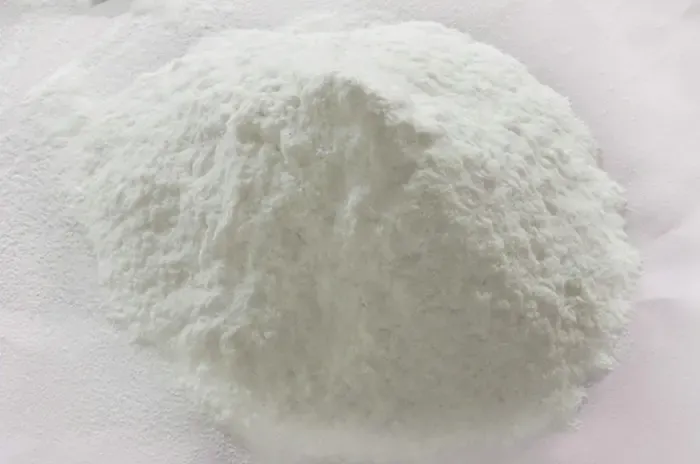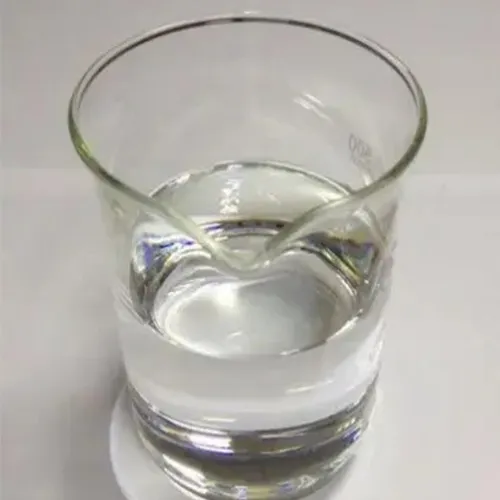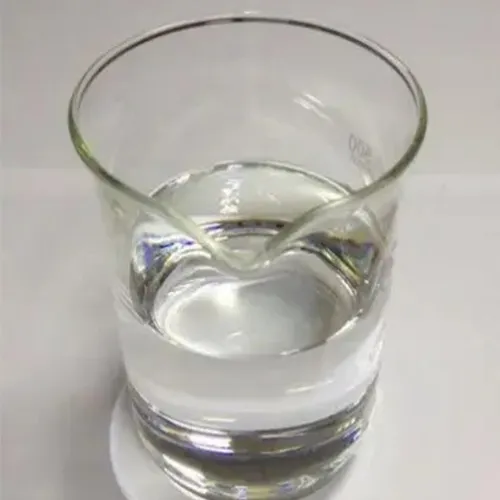N Formyl Morpholine: A Multifunctional Organic Synthesis Tool
In the rich world of organic chemistry, N Formyl Morpholine, as an important organic compound, has demonstrated irreplaceable value in multiple fields due to its unique structure and chemical properties, and has become a key substance favored in scientific research and industrial production.
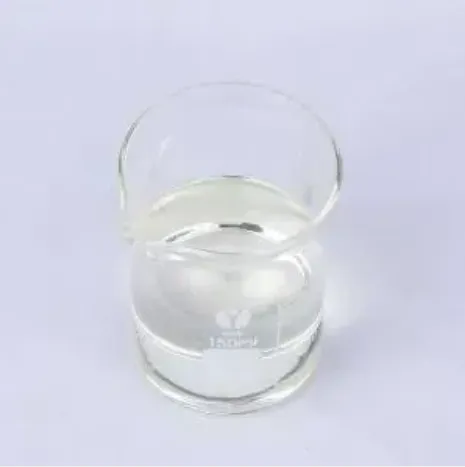
The molecular structure of N Formyl Morpholine exhibits both stability and reactivity
The formyl morpholine molecule is composed of a morpholine ring and a formyl group. The morpholine ring is a six membered heterocyclic ring containing nitrogen and oxygen, and the nitrogen atom on the ring is connected to the formyl group to form a unique chemical structure. This structure endows the molecule with both the stability of a cyclic compound and certain reactivity due to the presence of formyl groups, enabling it to participate in various chemical reactions and providing abundant possibilities for organic synthesis.
The physicochemical properties of N Formyl Morpholine make it perform well in practical applications
CAS 4394 85 8 is usually a colorless and transparent liquid with low volatility and good thermal stability, which can maintain a stable state over a wide temperature range. In terms of solubility, it can be mixed with various organic solvents such as ethanol, ether, benzene, etc., and can also partially dissolve in water, which makes it effective in different reaction systems. In addition, it also has a certain polarity and can interact with other polar molecules, further expanding its application range.
There are two common methods for preparing N Formyl Morpholine
One type is the acylation reaction between morpholine and formic acid under specific conditions, which generates n formylmorpholine by controlling the reaction temperature, time, and raw material ratio. Another method is to react morpholine with formate ester. Under the action of a catalyst, the acyl group of formate ester is transferred to the nitrogen atom of morpholine, thereby obtaining the target product. These two methods are relatively easy to operate, have mild reaction conditions, and are suitable for application in laboratories and industrial production.
N Formyl Morpholine has important applications in multiple fields
In organic synthesis, 4 formyl morpholine is often used as a formylation reagent to participate in the formylation reactions of amines, alcohols, and other compounds, generating corresponding formyl derivatives. These derivatives have important value in drug synthesis, dye preparation, and other fields. In the field of extraction and separation, it can be used as an extractant to separate mixtures of aromatic and non aromatic hydrocarbons, with advantages such as high separation efficiency and good selectivity. At the same time, in the synthesis of polymer materials, it can also be used as a monomer or additive to participate in the synthesis of polymers and improve the properties of materials.
In summary, N-Formyl Morpholine has become an important product in the field of organic chemistry due to its unique molecular structure, excellent physicochemical properties, simple preparation method, and wide range of applications. Its role in organic synthesis, extraction and separation, and material preparation cannot be underestimated. With the continuous deepening of research, more characteristics and application potential of it will be explored, providing strong support for the development of related fields.
N Formyl Morpholine FAQs
What is the main purpose of N Formyl Morpholine?
N Formyl Morpholine is an important organic solvent and chemical intermediate widely used in the pharmaceutical, pesticide, and dye industries. It can be used as an efficient solvent in industrial processes such as natural gas desulfurization and lubricant refining, and is also commonly used as a catalyst or reaction medium in pharmaceutical synthesis.
What are the physical and chemical properties of N Formyl Morpholine?
N Formyl Morpholine is a colorless to pale yellow transparent liquid with low volatility and good thermal stability. Its boiling point is relatively high, around 243 ° C, and it can be miscible with water and various organic solvents. In terms of chemical properties, it possesses both the reactivity of amide groups and the alkaline characteristics of the morpholine ring.
What is the production process of N Formyl Morpholine?
In industry, N Formyl Morpholine is usually prepared by condensation reaction using morpholine and formic acid as raw materials under the action of a catalyst. The reaction requires temperature and pressure control to increase yield, and the final product is obtained through distillation purification. Some processes will adopt continuous production to improve efficiency.
What precautions should be taken during storage and transportation of N Formyl Morpholine?
This substance needs to be sealed and stored in a cool and ventilated place, avoiding contact with strong oxidants. During transportation, corrosion-resistant containers should be used and labeled as ordinary chemicals. Although not classified as flammable or explosive, long-term exposure may cause moisture absorption and requires moisture-proof treatment.
Does N Formyl Morpholine have any potential impact on the environment?
As an organic compound, its biodegradability is moderate, and large-scale leakage may cause pollution to water bodies. Experimental data shows that it has certain toxicity to aquatic organisms, so industrial wastewater needs to be treated to meet standards before being discharged. Under normal usage conditions, environmental risks are controllable.
Post time: Sep . 23, 2025 10:34





